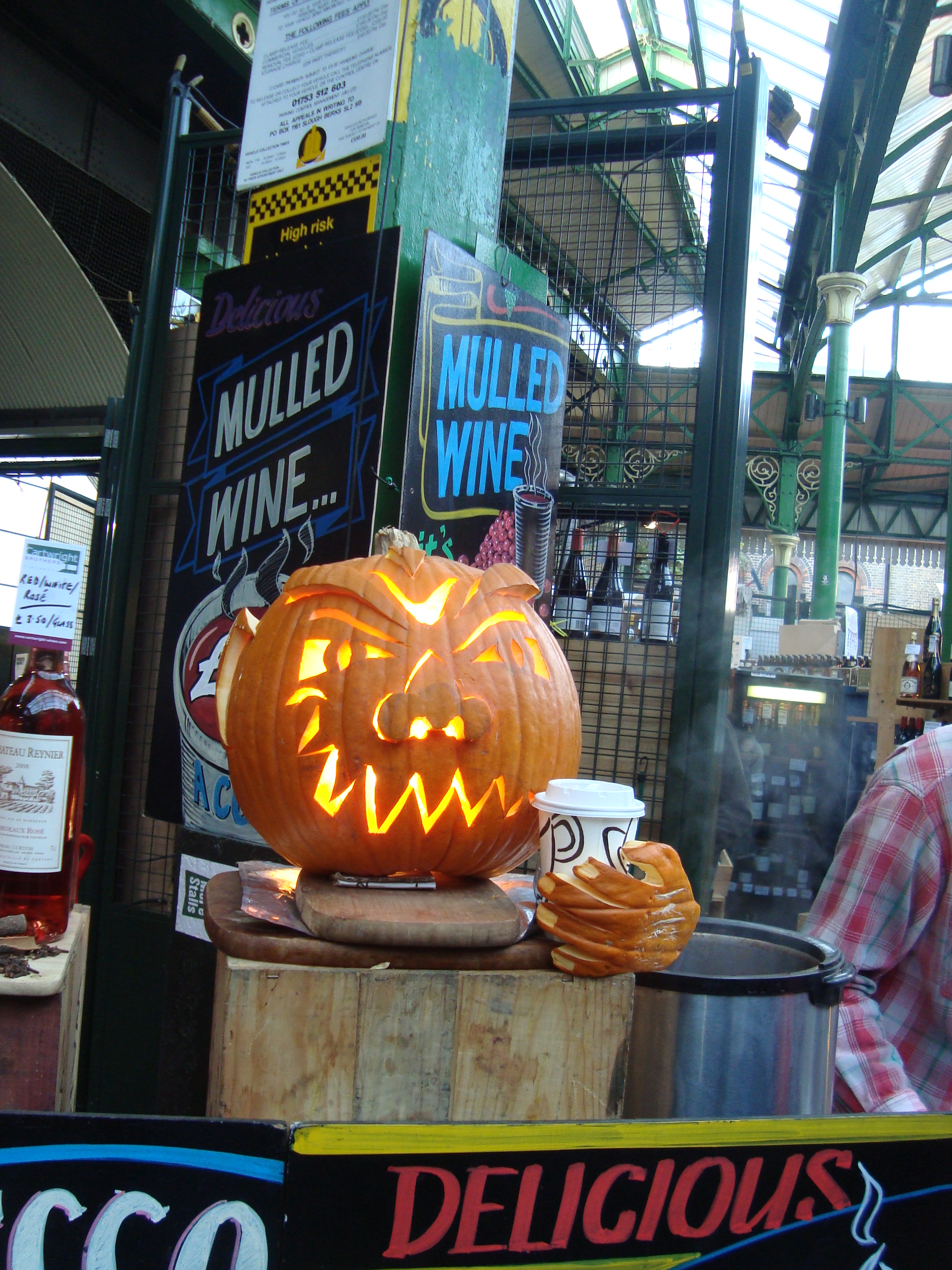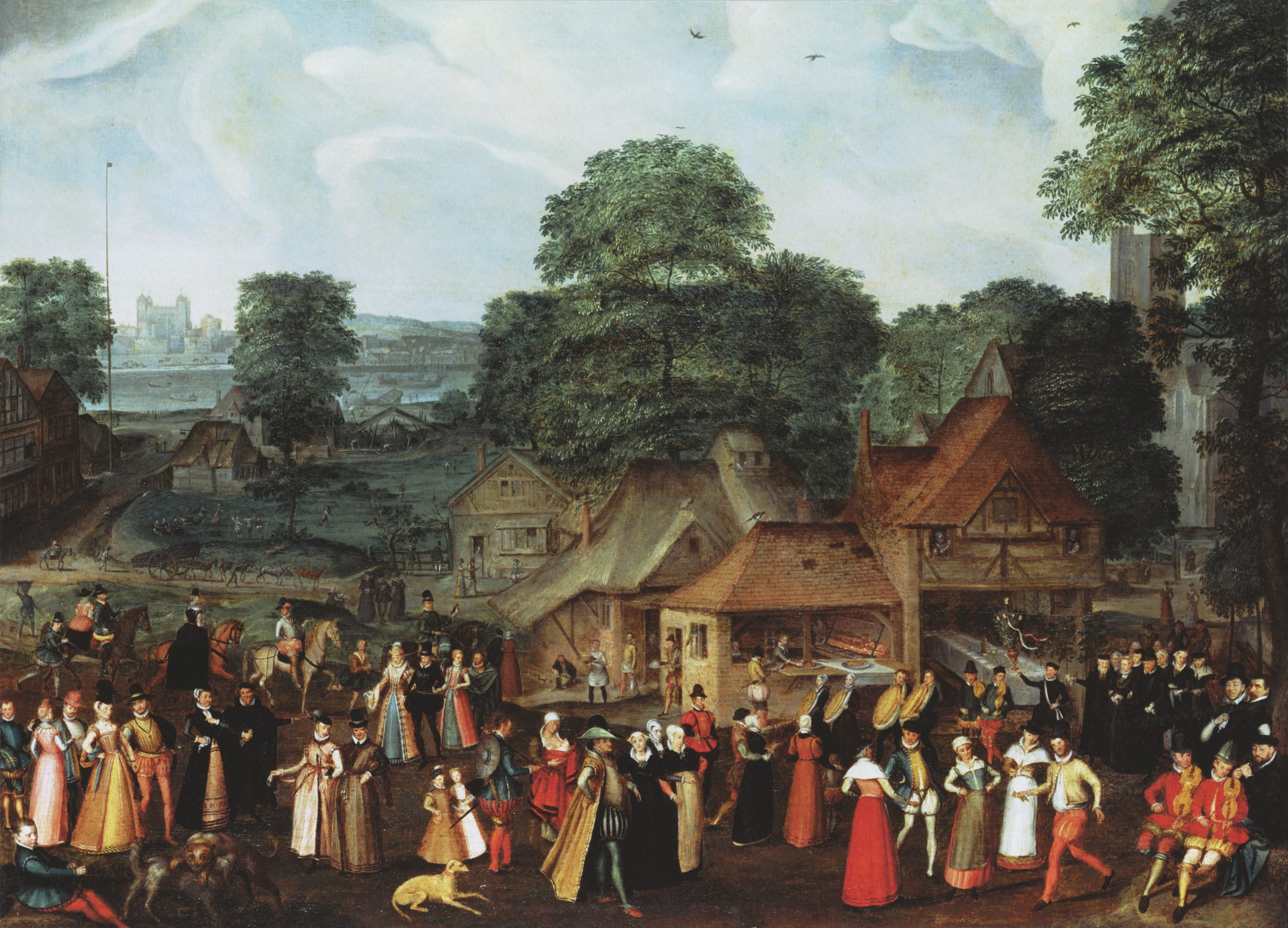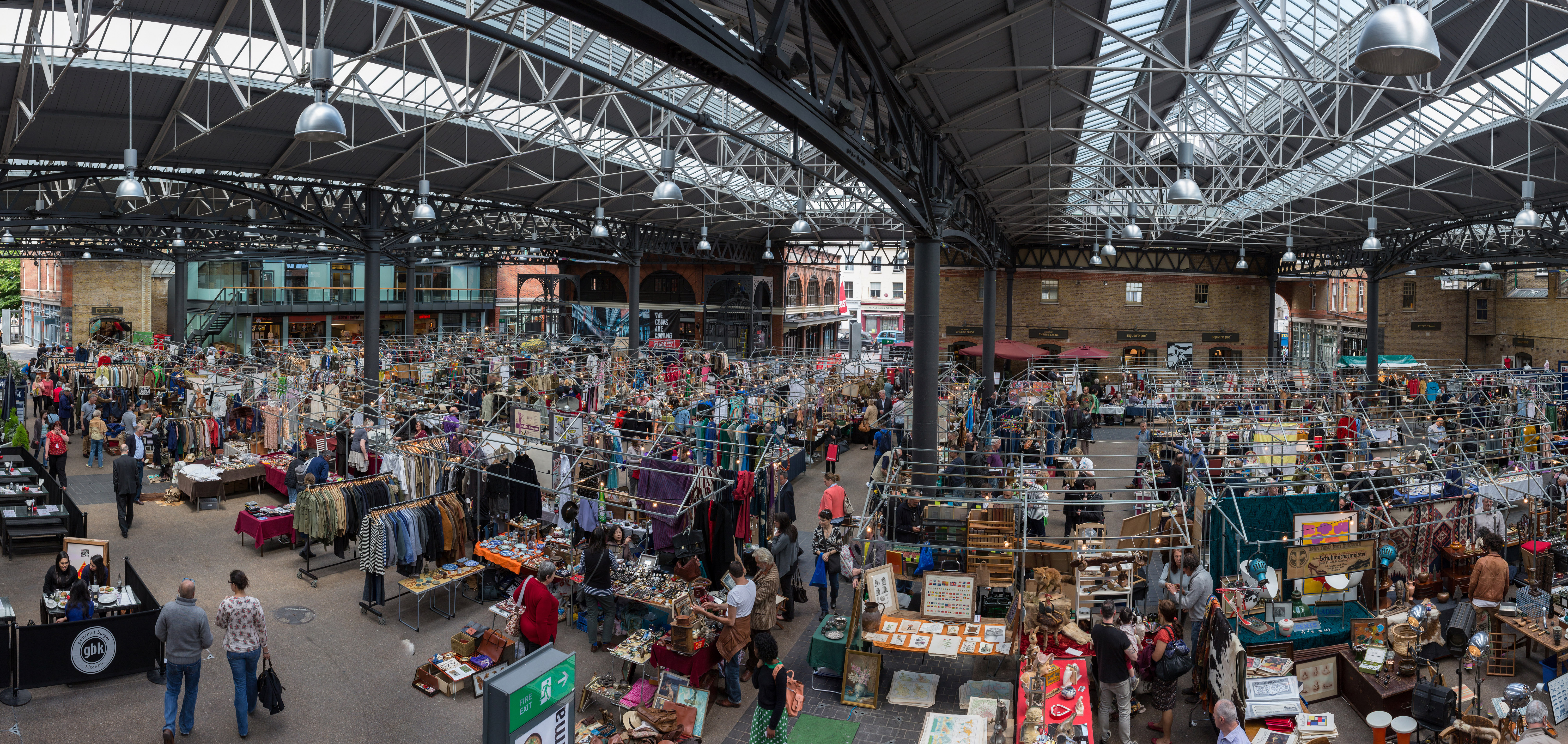|
List Of Markets In London
This is a list of markets in London. Greater London is home to a wealth of covered, outdoor and street markets. Many specialise in a particular type of goods or sell different things on different days. Most open very early in the morning and close early or late afternoon. Markets in London have their origins in the middle ages and ancient charter; set up to serve the population of the City of London. Over time, some emerged as wholesale markets serving specific market segments — such as the sale of vegetables, meat, or fish. With an expanding metropolis in the 18th and 19th centuries, street markets were set up to meet the needs of the new suburbs. With the introduction of trams on the streets of London, these were moved (sometimes forcibly) into neighbouring side streets, or new covered markets. [...More Info...] [...Related Items...] OR: [Wikipedia] [Google] [Baidu] |
Borough Market
Borough Market is a wholesale and retail market hall in Southwark, London, England. It is one of the largest and oldest food markets in London, with a market on the site dating back to at least the 12th century. The present buildings were built in the 1850s, and today the market mainly sells specialty foods to the general public. History The market itself claims to have existed since 1014 "and probably much earlier" as Snorri Sturluson describes Southwark as a "great market town" when describing an incident in Heimskringla dated to 1014. A market that originally adjoined the end of London Bridge was first mentioned in 1276 and was subsequently moved south of St Margaret's church on the High Street. The City of London received a royal charter from Edward VI in 1550 to control all markets in Southwark (see Guildable Manor), which was confirmed by Charles II in 1671. However, the market caused such traffic congestion that, in 1754, it was abolished by an Act of Parliament. The ... [...More Info...] [...Related Items...] OR: [Wikipedia] [Google] [Baidu] |
Billingsgate Fish Market
Billingsgate Fish Market is located in Canary Wharf in London. It is the United Kingdom's largest inland fish market. It takes its name from Billingsgate, a ward in the south-east corner of the City of London, where the riverside market was originally established. In its original location in the 19th century, Billingsgate was the largest fish market in the world. History City of London Billingsgate Wharf, close to Thames Street (London), Lower Thames Street, became the centre of a fish market during the 16th and 17th centuries but did not become formally established until an Act of Parliament in 1699. In 1850, the market, according to Horace Jones, "consisted only of shed buildings ... The open space on the north of the well-remembered Billingsgate Dock was dotted with low booths and sheds, with a range of wooden houses with a piazza in front on the west, which served the salesmen and fishmongers as shelter, and for the purposes of carrying on their trade." In that year the ma ... [...More Info...] [...Related Items...] OR: [Wikipedia] [Google] [Baidu] |
Brick Lane
Brick Lane (Bengali: ব্রিক লেন) is a street in the East End of London, in the borough of Tower Hamlets. It runs from Swanfield Street in Bethnal Green in the north, crosses the Bethnal Green Road before reaching the busiest, most commercially active part which runs through Spitalfields, or along its eastern edge. Brick Lane’s southern end is connected to Whitechapel High Street by a short extension called Osborn Street. Today, it is the heart of the country's Bangladeshi community with the vicinity known to some as Banglatown. It is famous for its many curry houses. Early history 15th to 18th centuries The street was formerly known as Whitechapel Lane, and wound through fields. It derives its current name from brick and tile manufacture started in the 15th century, which used the local brick earth deposits. The street featured in the 16th-century Woodcut map of London as a partially-developed crossroad leading north from the city's most easterly edge, ... [...More Info...] [...Related Items...] OR: [Wikipedia] [Google] [Baidu] |
Brick Lane Market
Brick Lane Market is the collective name for a number of London markets centred on Brick Lane, in Tower Hamlets in east London. The original market was located at the northern end of Brick Lane and in the heart of east London's Bangladeshi community but now commonly refers to the various markets that are housed along the famous London street. The various markets that stretch the length of Brick Lane operate both weekdays but most historically weekends: Saturday from 11 a.m. to 6 p.m. and Sunday from 10 a.m. to 6 p.m. The markets sell a diverse range of items, from antique books to eight-track cartridge decks, vintage clothing to street food and for many years hosted a stall selling nothing but rusty cog wheels. The markets have always been popular with and much photographed by art students, and bargain hunters from across London value it greatly. History Early history The markets originally developed in the 17th century as a lone farmers' market that was ... [...More Info...] [...Related Items...] OR: [Wikipedia] [Google] [Baidu] |
Market Overt
Market overt or ''marché ouvert'' (Law French for "open market") is an English legal concept originating in mediaeval times governing subsequent ownership of stolen goods. The rule was abolished in England and Wales but it is still good law in some common law jurisdictions such as Hong Kong and British Columbia. In general, the sale of stolen goods does not convey effective title (''see Nemo dat quod non habet''). However, under 'marché ouvert', if goods were openly sold in designated markets between sunrise and sunset, provenance could not be questioned and effective title of ownership was obtained. The law originated centuries ago when people did not travel much; if the victim of a theft did not bother to look in his local market on market day—the only place where the goods were likely to be—he was not being suitably diligent. The Sale of Goods (Amendment) Act 1994, whose sole purpose was to abolish Market Overt and its equivalent in Wales, took effect in January 1995. One ... [...More Info...] [...Related Items...] OR: [Wikipedia] [Google] [Baidu] |
Antiques
An antique ( la, antiquus; 'old', 'ancient') is an item perceived as having value because of its aesthetic or historical significance, and often defined as at least 100 years old (or some other limit), although the term is often used loosely to describe any object that is old. An antique is usually an item that is collected or desirable because of its age, beauty, rarity, condition, utility, personal emotional connection, and/or other unique features. It is an object that represents a previous era or time period in human history. Vintage and collectible are used to describe items that are old, but do not meet the 100-year criterion. Antiques are usually objects of the decorative arts that show some degree of craftsmanship, collectability, or an attention to design, such as a desk or an early automobile. They are bought at antiques shops, estate sales, auction houses, online auctions, and other venues, or estate inherited. Antiques dealers often belong to national trade assoc ... [...More Info...] [...Related Items...] OR: [Wikipedia] [Google] [Baidu] |
Bermondsey
Bermondsey () is a district in southeast London, part of the London Borough of Southwark, England, southeast of Charing Cross. To the west of Bermondsey lies Southwark, to the east Rotherhithe and Deptford, to the south Walworth and Peckham, and to the north is Wapping across the River Thames. It lies within the historic county boundaries of Surrey. History Toponymy Bermondsey may be understood to mean ''Beornmund''s island; but, while ''Beornmund'' represents an Old English personal name, identifying an individual once associated with the place, the element "-ey" represents Old English ''eg'', for "island", "piece of firm land in a fen", or simply a "place by a stream or river". Thus Bermondsey need not have been an island as such in the Anglo-Saxon period, and is as likely to have been a higher, drier spot in an otherwise marshy area. Though Bermondsey's earliest written appearance is in the Domesday Book of 1086, it also appears in a source which, though surviving only in ... [...More Info...] [...Related Items...] OR: [Wikipedia] [Google] [Baidu] |
Bermondsey Market
Bermondsey Market (also known as New Caledonian Market and Bermondsey Square Antiques Market) is an antiques market at Bermondsey Square on Tower Bridge Road in Bermondsey, south London, England. The location was formerly the site of Bermondsey Abbey. History The 15th. Century English Queen Consort of Edward IV, Elizabeth Woodville, lived her last five years in Bermondsey Abbey, dying in 1492. The Caledonian Market moved to its current location in 1950 after the old Caledonian Market site in Islington was designated for redevelopment in the late 1940s. Marché ouvert The opening hours of the Bermondsey Market from 6am until noon (some sources say 4am until 2pm) reflect the ancient law of market ouvert, which was abolished in 1995. Under this law, in a number of designated markets, including Bermondsey Market, if an item was sold between sunrise and sunset then its provenance could not be questioned, so stolen goods could be traded and good title would pass to the purchaser. To ... [...More Info...] [...Related Items...] OR: [Wikipedia] [Google] [Baidu] |
Central London
Central London is the innermost part of London, in England, spanning several boroughs. Over time, a number of definitions have been used to define the scope of Central London for statistics, urban planning and local government. Its characteristics are understood to include a high density built environment, high land values, an elevated daytime population and a concentration of regionally, nationally and internationally significant organisations and facilities. Road distances to London are traditionally measured from a central point at Charing Cross (in the City of Westminster), which is marked by the statue of King Charles I at the junction of the Strand, Whitehall and Cockspur Street, just south of Trafalgar Square. Characteristics Definitions London Plan The London Plan defines the 'Central Activities Zone' policy area, which comprises the City of London, most of Westminster and the inner parts of Camden, Islington, Hackney, Tower Hamlets, Southwark, Lambeth, Kensington ... [...More Info...] [...Related Items...] OR: [Wikipedia] [Google] [Baidu] |
Leyton
Leyton () is a town in east London, England, within the London Borough of Waltham Forest. It borders Walthamstow to the north, Leytonstone to the east, and Stratford to the south, with Clapton, Hackney Wick and Homerton, across the River Lea, to the west. The area includes New Spitalfields Market, Leyton Orient Football Club, as well as part of the Queen Elizabeth Olympic Park. The town consists largely of terraced houses built between 1870 and 1910, interspersed with some modern housing estates. It is north-east of Charing Cross. It was originally part of the ancient parish of Leyton St Mary in the Becontree hundred and part of historic county of Essex. The town expanded rapidly in the late 19th century, forming part of the conurbation of London and becoming a suburb, similar to much of south-west Essex. It became part of the Metropolitan Police District in 1839 and has been part of the London postal district since its inception in 1856. The parish became an urban dis ... [...More Info...] [...Related Items...] OR: [Wikipedia] [Google] [Baidu] |
New Spitalfields Market
New Spitalfields Market is a fruit and vegetable market on a site in Leyton, London Borough of Waltham Forest in East London. The market is owned and administrated by the City of London Corporation. The market is Europe's leading horticultural market specialising in exotic fruit and vegetables - and the largest revenue earning wholesale market in the UK. History It had previously been located at Spitalfields Market just off Bishopsgate, on the east side of the City of London. Due to traffic congestion, lack of space for parking lorries, as well as out of date market buildings (e.g. poor refrigeration facilities) - the market was relocated out of the City in the early 1990s. This followed the move of Covent Garden Market and Billingsgate Fish Market out of the city centre. The new, purpose built location in Leyton opened in May 1991. The wholesale fruit and vegetable market at Stratford Market - founded in 1879 by the Great Eastern Railway as a competitor to Spitalfields - als ... [...More Info...] [...Related Items...] OR: [Wikipedia] [Google] [Baidu] |
Old Spitalfields Market
Old Spitalfields Market is a covered market in Spitalfields, London. There has been a market on the site for over 350 years. In 1991 it gave its name to New Spitalfields Market in Leyton, where fruit and vegetables are now traded. In 2005, a regeneration programme resulted in the new public spaces: Bishops Square and Crispin Place, which are now part of the modern Spitalfields Market. A range of public markets runs daily, with independent local stores and restaurants - as well as new office developments. It is situated in the London Borough of Tower Hamlets, just outside the City of London. The closest London Underground and mainline railway station is Liverpool Street. Historic market There has been a market on the site since 1638 when King Charles I gave a licence for flesh, fowl and roots to be sold on Spittle Fields, which was then a rural area on the eastern outskirts of London. After the rights to a market had seemingly lapsed during the time of the Commonwealth, the m ... [...More Info...] [...Related Items...] OR: [Wikipedia] [Google] [Baidu] |








